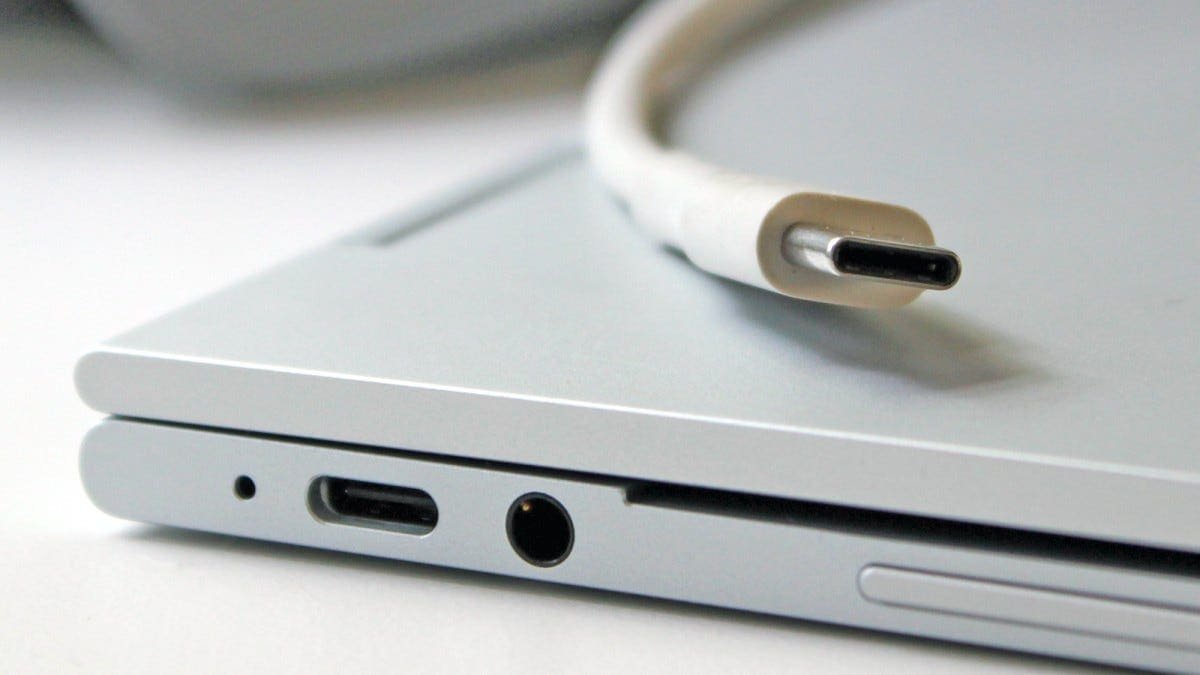CATI: Docking Stations and SOLIDWORKS
This article was originally published for CATI under my old last name on May 27th, 2021. I have included a copy of the article below in case the original link goes down:
Docking stations are great. They let us take all the advantages of having a desktop PC (multiple monitors, nice peripherals, etc.) while having a portable laptop that we can take on the road if we need to. This article will hopefully help provide guidance for IT buyers who are trying to outfit their engineers, draftsmen, and so on with an adequate office setup.
What goes into buying a docking station for SOLIDWORKS? Are they all created equal? Unfortunately, the process is not always so cut and dry, but I would like to leave you with a few notes.
First, any docking station that connects over a single USB Type A port is right out. For those of you unfamiliar, it looks like this:
USB Type A Plugs
There are many folks out there who are using docking stations like these, and that is not to say that they will not work, but this is rather to say that this is asking for problems. If you’re curious, you can read the below paragraph. If it doesn’t matter why, go ahead and skip it:
The primary reason why this works is because graphics transmission over USB-A uses a software protocol called DisplayLink. This is useful for less intensive applications like web browsing, spreadsheets, word processing, and so on. The USB hardware protocol, however, does not have the bandwidth to transmit high-fidelity 3D rendered objects. There will be losses either in fidelity, speed, or in most cases glitches. The combination of a software renderer and insufficient hardware creates many problems, and these are issues that we see in our tech support queue with regularity.
If you are using a more updated docking station that uses USB-C, things remain a little complicated but overall rosier:
USB Type C Plugs
First, USB-C supports a DisplayPort alt-mode. Not to be confused with DisplayLink, DisplayPort is a dedicated graphics hardware protocol with many years of support. You will need to check the USB-C dock to see if it supports DisplayPort. The usual versions that are supported will be 1.2 or 1.4 (there may be a or b revisions as well). You will need to make sure that both the computer and dock support DisplayPort over USB-C.
For Thunderbolt over USB-C, things are much better. Thunderbolt carries more bandwidth than USB-C despite using the same connector. Implementations vary, however you are much more likely able to support display output and non-display output over Thunderbolt than USB-C alone, making it a much more versatile protocol.
If you have any questions, as always you can check in with technical support to double check a prospective docking and computer solution. The best place to check is always the manufacturer’s specifications.
I hope this helps clarify possible options and saves you from some frustration!
Mike Thompson
SOLIDWORKS Application Engineer – CSWP

